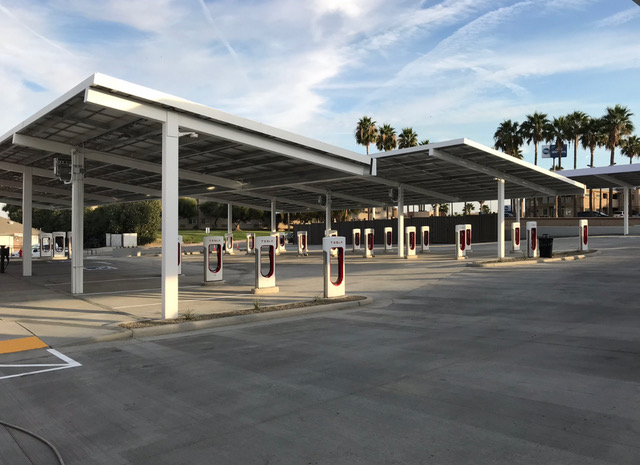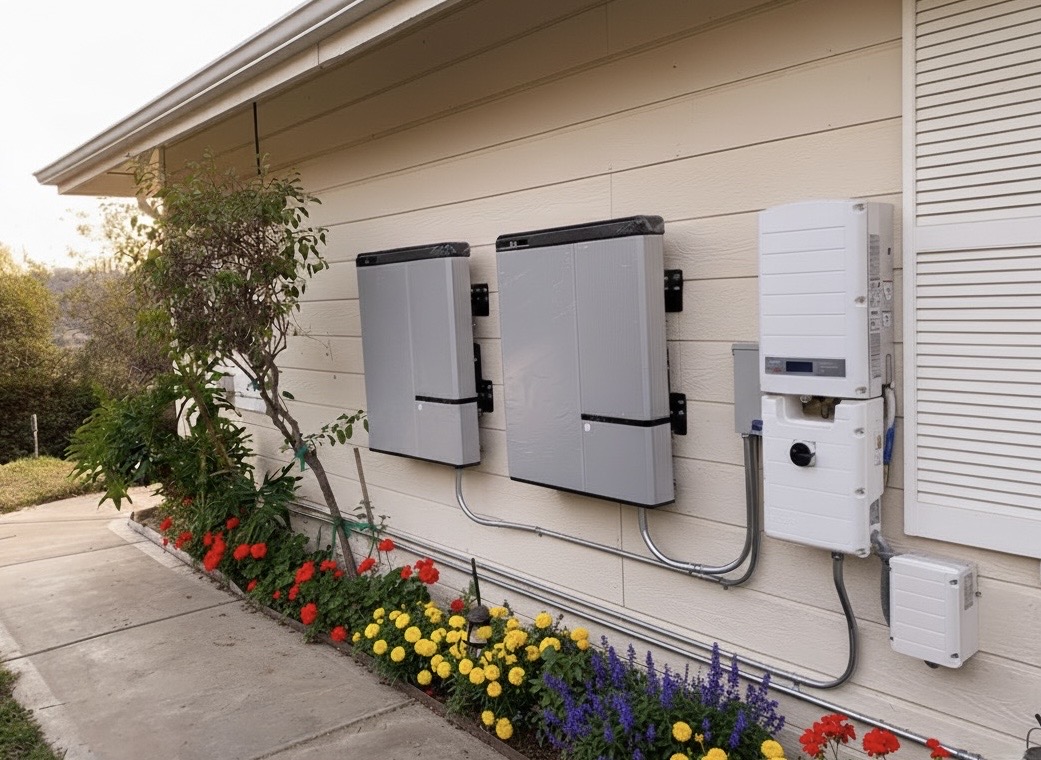Backup Generator Installation in Atwater Village
Keep your Atwater Village home powered through LA River wind events, summer heat waves, and unexpected outages with professionally installed residential backup generators. Shaffer Construction, Inc. designs and installs reliable standby systems tailored to Craftsman bungalows on Garden Avenue, Spanish colonials near Glendale Boulevard, and ranch-style homes tucked between Los Feliz Boulevard and Fletcher Drive. We handle everything—from precise load calculations and quiet placement near side yards to permits with Los Angeles Department of Building and Safety—so you stay comfortable, safe, and connected. Whether you need whole-house coverage or just critical circuits for refrigeration, Wi\u2011Fi, lighting, and HVAC, our team sizes and installs the right solution for your property, budget, and lifestyle.
Our Work



Benefits
Future-Ready Power Solutions
We design generator systems that grow with your home. Using service‑entrance rated automatic transfer switches with integrated load-shedding modules, we prioritize HVAC, refrigeration, medical devices, and network equipment. Our preferred generators (7–22 kW) offer low THD for electronics and Wi‑Fi monitoring so you can track status and exercise cycles from your phone. We plan conduit, pad, and gas capacity so you can add circuits, EV chargers, or future battery storage without rework.
All Codes and Permits Covered
Shaffer Construction, Inc. manages permitting with LADBS end-to-end, ensuring compliance with the California Electrical Code (CEC, based on NEC with LA amendments), Los Angeles Plumbing Code, and applicable City noise rules. We coordinate with LADWP on service considerations and SoCalGas for meter sizing. Our drawings document clearances, anchorage, grounding/bonding, and neutral switching to pass inspections efficiently and keep your installation fully code‑compliant.
Trusted Local Expertise
We use name‑brand standby generators and ATS equipment, THHN/THWN conductors in EMT or rigid conduit, and concrete pads engineered for stability with seismic anchorage. Gas piping is sized per demand with rigid steel and proper unions, drip legs, and shutoffs. We label every circuit, provide Type 2 whole‑home surge protection, and verify correct neutral/ground bonding. The result is a quiet, dependable system that starts fast, runs smoothly, and is built to last.
Customized Backup Power Design
Every Atwater home is different. We start with a room‑by‑room load calculation, identify your critical circuits, and evaluate AC compressor inrush to prevent nuisance trips. We’ll decide between whole‑house coverage or a critical‑load subpanel, confirm panel capacity, and plan the best low‑visibility, code‑compliant location. We model fuel demand, coordinate gas meter capacity, and design for airflow, maintenance access, and neighbor-friendly noise levels.
What We Offer
Frequently Asked Questions
Do I need a permit for a residential generator in Atwater Village?+
Yes. LADBS requires electrical and plumbing permits for the transfer switch, wiring, and gas connections. We prepare plans, submit online, and coordinate inspections. Typical permit timelines run 2–4 weeks, with rough and final inspections scheduled around the installation to keep your project moving.
Where can I place a generator on my small Atwater lot without disturbing neighbors?+
We assess side and rear yards for code clearances from windows, doors, and property lines, while considering airflow and service access. We prioritize low‑visibility locations shielded by fencing or landscaping and specify quiet models. We also review City of LA noise rules to ensure your installation remains neighbor‑friendly.
Will my existing gas meter support a generator, and what if it doesn’t?+
Standby generators can add significant gas demand. We calculate total connected load (furnace, water heater, range, dryer, and generator) and submit a load letter to SoCalGas if an upsized meter is needed. If natural gas is constrained, we can design a propane solution with an appropriately sized tank and regulator.
Can a 7–10 kW generator run my central AC during summer heat waves?+
It depends on your AC size and starting current. Many 2–3 ton systems can run on a 10–14 kW generator, especially with soft‑start kits and load‑shedding to pause nonessential loads during compressor startup. We measure your system’s inrush current and design accordingly to avoid nuisance trips.
How loud are standby generators, and how often do they run?+
Modern residential units typically operate around 57–67 dB(A) at 23 feet during exercise—similar to a quiet conversation. Weekly exercise cycles run for about 10–15 minutes to keep the engine ready. We select low‑noise models, plan thoughtful placement, and may add fencing or vegetation for further sound reduction.
What maintenance is required after installation?+
Annual service includes oil and filter changes, spark plug and air filter checks, battery testing, firmware updates, and verification of transfer function. We offer maintenance plans, and your unit’s Wi‑Fi monitoring can alert us to issues early so we can proactively schedule service.
Ready to Get Started?
Contact us today for a free consultation and quote on your electrical project!
Contact Us